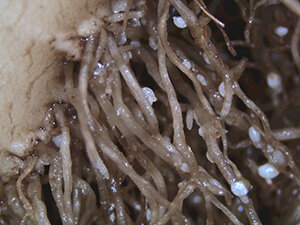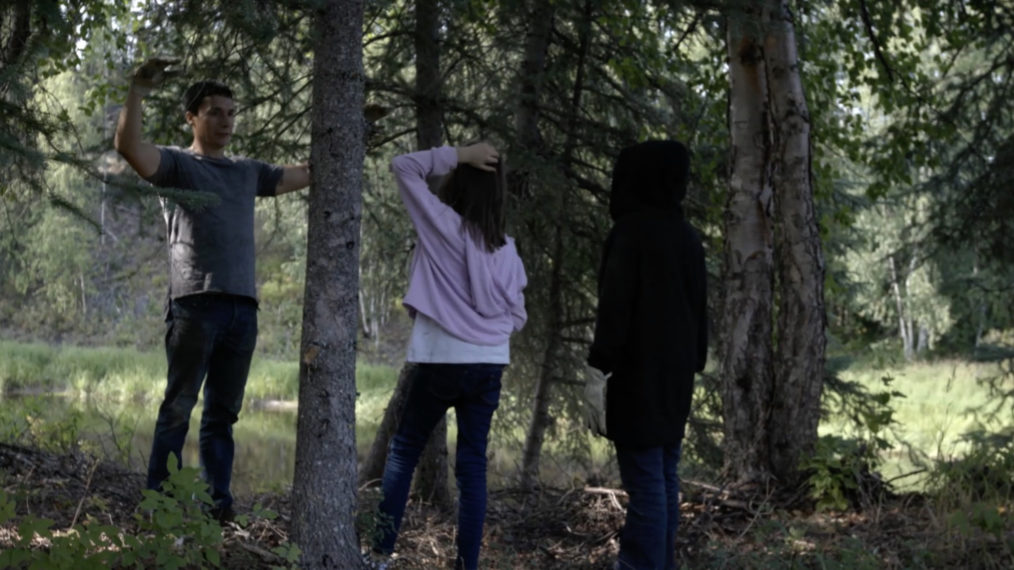#Fungal species naturally suppresses cyst nematodes responsible for major sugar beet losses

“#Fungal species naturally suppresses cyst nematodes responsible for major sugar beet losses”

The plant pathogenic nematode Heterodera schachtii infects more than 200 different plants, including sugar beets, and causes significant economic losses. Over the past 50 years, the primary management tool in California has been crop rotation. When the number of H. schachtii in a soil exceeds a threshold, growers are contractually required by the local sugar factory to plant crops that do not support the nematode’s reproduction. This practice reduces the nematode population so that the next sugar beet crop can flourish.
In a recent study from plant pathologists at the University of California, Riverside, the authors examined a soil fungus that parasitizes the nematode’s females and eggs. This fungus, Hyalorbilia aff. multiguttulata (formerly Dactylella oviparasitica), was originally shown to cause a long-term suppression of cyst nematode populations in a field at the University of California Riverside’s Agricultural Operations. Other scientists have detected closely related fungal species in Arkansas and California that were able to parasitize and destroy different important nematodes, including the soybean cyst and root-knot nematodes.
In the current study, the authors showed that similar fungi inhabited sugar beet fields in California, suggesting that a group of naturally occurring fungi, given the right conditions, might be able to dramatically reduce nematode populations in one season. Borneman, Becker, and colleagues detected identical or closely related Hyalorbilia species in 21 of 25 field soils. More importantly, baiting with young female H. schachtii and its host Swiss chard led to an approximately 10,000-fold increase in the population densities of these fungi over one nematode generation. “This research could lead to more frequent planting of sugar beets,” explained James Borneman. “When the population densities of both the nematode and the fungus are above their threshold values, our research suggests that planting sugar beets would lead to the development of an H. schachtii-suppressive soil by the time the sugar beets are harvested.”
“Relatively little is known about the Hyalorbilia spp., yet they appear to occur worldwide as effective parasites of cyst nematodes,” said Borneman. “Nematode-suppressive soils are fascinating examples of natural pathogen control. In this example, the key to defeating the enemy is fungus’ ability to destroy the mothership (the female nematode) before it can release hundreds of eggs into the soil.”
Fungus application thwarts major soybean pest, study finds
Hannes Witte et al, Hyalorbilia oviparasitica Clade Detected in Field Soils Cropped to Sugar Beets and Enriched in the Presence of Heterodera schachtii and a Host Crop, PhytoFrontiers (2020). DOI: 10.1094/PHYTOFR-07-20-0005-R
Provided by
American Phytopathological Society
Citation:
Fungal species naturally suppresses cyst nematodes responsible for major sugar beet losses (2020, October 29)
retrieved 29 October 2020
from https://phys.org/news/2020-10-fungal-species-naturally-suppresses-cyst.html
This document is subject to copyright. Apart from any fair dealing for the purpose of private study or research, no
part may be reproduced without the written permission. The content is provided for information purposes only.
For forums sites go to Forum.BuradaBiliyorum.Com
If you want to read more Like this articles, you can visit our Science category.




